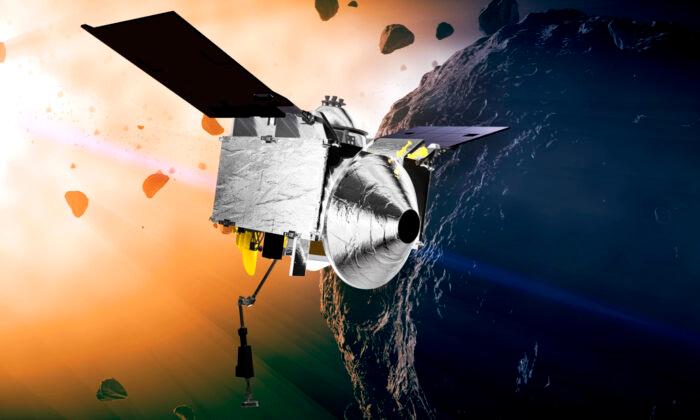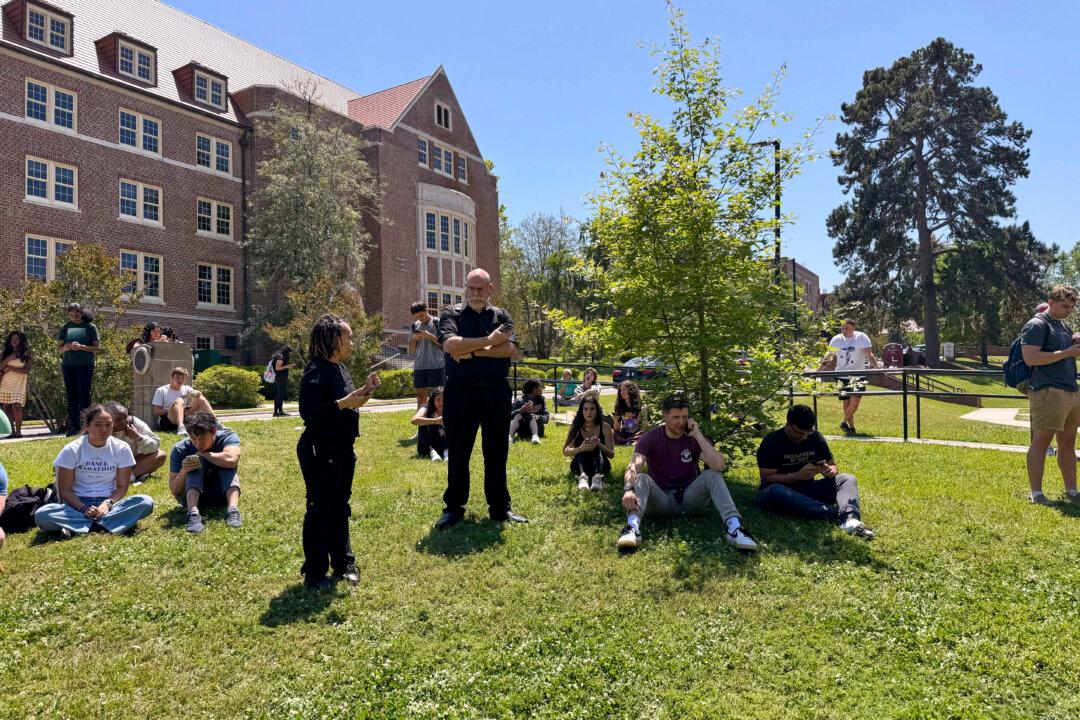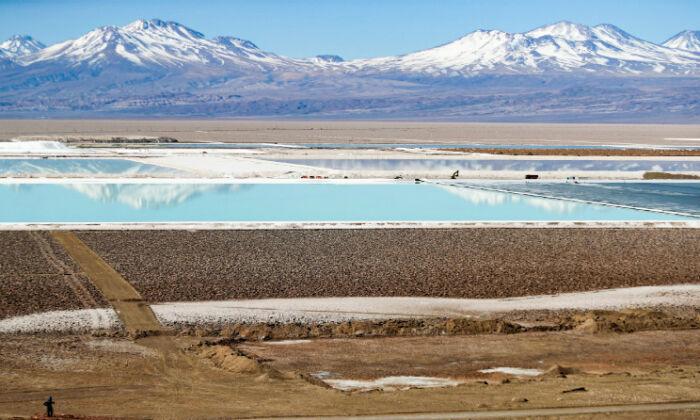For the first time in its history, the National Aeronautic and Space Administration (NASA) prepares for the arrival of first samples of an asteroid collected in space.
Nicknamed Osiris-Rex—the Origins, Spectral Interpretation, Resource Identification, and Security-Regolith Explorer—is scheduled to complete its mission on Sunday morning (Sept. 24), bringing home a sample of the celestial body known as Bennu.
“Scientists believe that the asteroid Bennu is representative of the solar system’s own oldest materials, forged in a large, giant-star supernova explosion,” said Lori Glaze, director of NASA’s Planetary Science Division, during a prelanding press call on Sept. 22.
“And for this reason, NASA is investing in these missions devoted small bodies to increase our understanding of how our solar system formed and how it evolved.”
Managed by NASA’s Goddard Space Flight Center in Greenbelt, Maryland, the mission was conducted in partnership with the University of Arizona, which is leading the science team, and Lockheed Martin Space, which built the spacecraft and provides flight operations.
Osiris-Rex also utilized a laser altimeter instrument from the Canadian Space Agency (CSA) and was conducted in collaboration with the Japan Aerospace Exploration Agency’s (JAXA) Hayabusa2 mission in asteroid sample science.
Launched on Sept. 8, 2016, it is on course to touchdown at the U.S. Department of Defense’s Utah Test and Training Range on Sept. 24 at 11 a.m. (EDT) after passing a “Go/No go” point to begin its re-entry procedure just after 6 a.m. (EDT).
“We fully expect to leave that meeting on Sunday morning with a go decision,” said Sandra Freund, Osiris-Rex program manager at Lockheed Martin. But if there was any reason not to go ahead with the long-awaited return, their next window won’t be until September 2025.
Once the landing site is determined to be safe for ground crews, work will immediately begin to move the spacecraft into a “clean room” on-site and keep the sample contained and protected from contamination from the earth’s environment.
From there, the sample will be kept under a constantly flowing liquid nitrogen “purge” intended to suppress all earthly matter, such as oxygen and humidity, as it is transferred by plane and then by car to the Johnson Space Center in Houston, Texas.

“One of the key scientific objectives of Osiris-Rex is to return a pristine sample, and pristine means that no foreign material hampers our investigation during sample analysis,” said Osiris-Rex curation lead Nicole Lunning.
“As unlikely as it is, we do want to make sure any materials that are out there in the Utah range that may interact with a sample are well documented.”
Dante Lauretta, the Osiris-Rex principal investigator from the University of Arizona, confirmed that he and his team would be unable to provide a definite measurement of how much asteroid material was collected, but they currently estimate the ship to be carrying 250 grams (with a plus or minus range of 101 grams). The mission’s goal was to gather a minimum of 60 grams.
NASA will be hosting live coverage of the landing beginning at 10 a.m. (EDT) on NASA TV, the NASA app, and its website. A post-landing press conference will take place at 5 p.m. (EDT) that same day.

If all goes according to plan, researchers will be able to open the container by Sept. 26. But video of the opening and any initial insights or reports will not be available until Oct. 11.
Osiris-Rex returns home in time for the first anniversary of the successful Double Asteroid Redirection Test (DART) which, Ms. Glaze said, “proved a concept that could one day help us defend our planet from potentially hazardous asteroids.”
DART successfully redirected the asteroid moonlet Dimorphos on Sept. 26, 2022.
It also arrives just a few weeks before the launch of the agency’s next asteroid-focused mission called Psyche.
Named for its destination—the asteroid Psyche—which is described by Ms. Glaze as a “never-before-seen metal-rich asteroid. One of only nine of such metal-rich” bodies the agency is aware of.
That mission is scheduled to launch aboard a SpaceX Falcon Heavy rocket from NASA’s Kennedy Space Center’s Launch Complex on Oct. 5 and arrive at the space rock orbiting the sun between Mars and Jupiter in August 2029.







